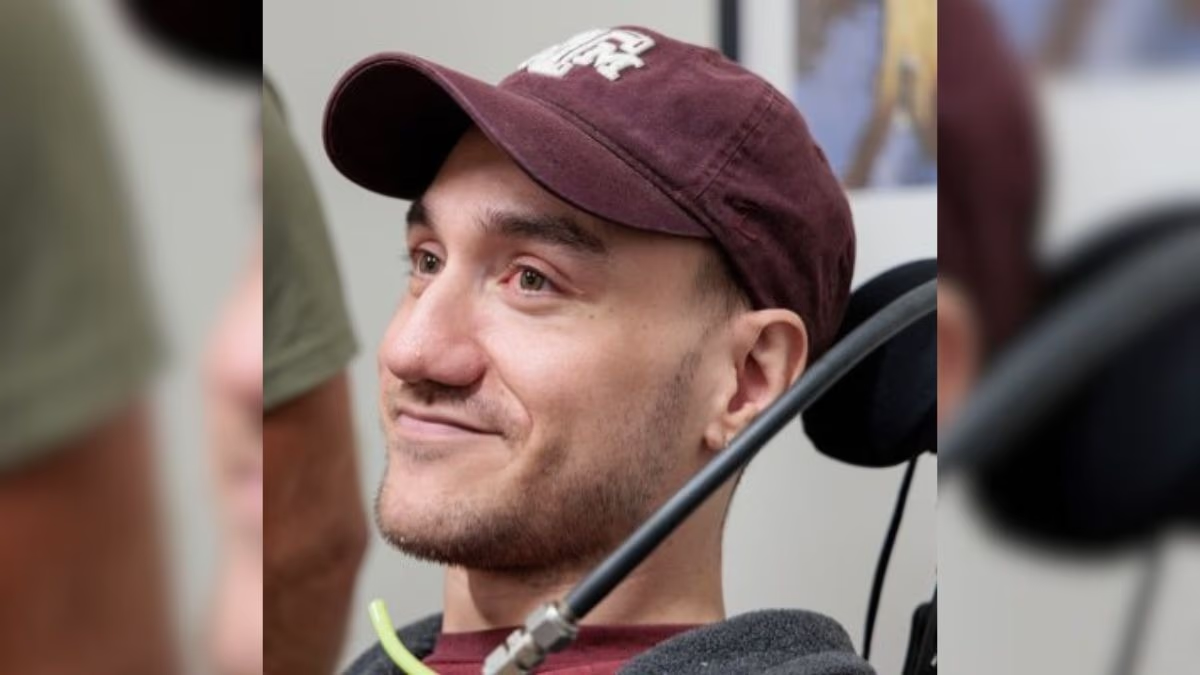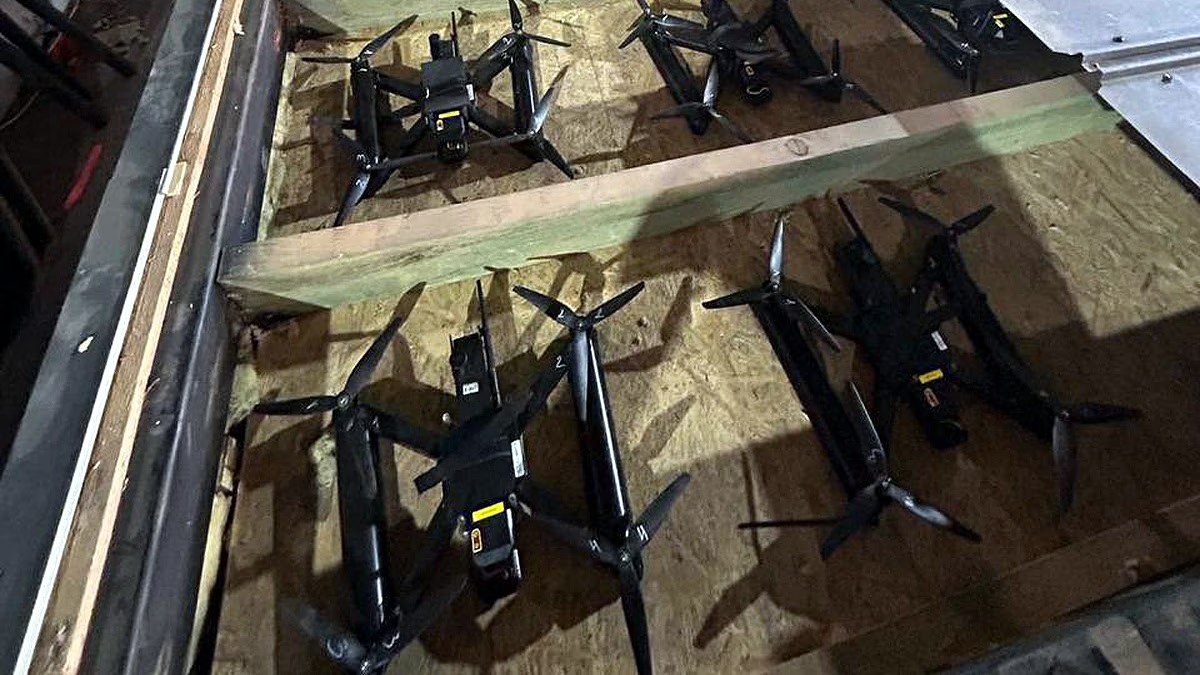In science fiction movies, you've often seen chips implanted in human brains, but this is now reality. A man named Noland Arbaugh underwent a brain chip implant a year ago, and his life has dramatically changed. This chip was developed by Elon Musk's Neuralink and implanted into a human brain.
In January 2024, Noland Arbaugh's brain received this groundbreaking chip. He had been paralyzed for 8 years, unable to move below the neck. Noland is the first person to have received a chip from the American neurotechnology firm Neuralink.
Noland Arbaugh's brain chip is making waves
This is not the first brain-implanted chip, as other companies have previously achieved this feat, according to BBC reports. However, Noland Arbaugh's implant gained significant attention, primarily because of Neuralink's founder, Elon Musk.
Noland Arbaugh enjoys a healthy life
Even a year after Neuralink's brain chip implant, Noland Arbaugh continues to live a healthy life. In various media interviews, he shared how his life transformed, greatly attributing the change to the brain chip developed by Elon Musk's Neuralink.
An accident in 2016 changed everything
Noland Arbaugh from Arizona faced a severe accident in 2016, resulting in critical injuries. His body was paralyzed from the shoulders down. The injuries were so severe that further education, gaming, or employment seemed impossible.
Mind-powered laptop operation
A video of Noland Arbaugh surfaced, demonstrating his ability to control his computer's cursor and clicks by merely thinking, utilizing brain-computer interface technology. This allows him to engage in online games and enjoy using his laptop effortlessly. He acknowledges that his life has changed remarkably compared to before.
Understanding Brain-Computer Interface (BCI)
The Brain-Computer Interface (BCI) is a technology that connects brain signals directly to a computer or another device. It involves placing a chip on the brain to read neural activity and convert it into digital commands, allowing the individual to control compatible devices without any physical interaction.
BCI: How Does It Work?
Receiving signals: Electrical signals from the brain (like EEG - Electroencephalography) are collected through neural implants.
Signal processing: In this second stage, the signals are processed and understood.
Transformation into commands: The processed data is then converted into commands for devices, such as driving a wheelchair, typing text, or playing a game.
Explore which smartphone brand to buy for years of use!
Laptop operations made possible
Noland Arbaugh was previously dependent on others for every task. Now, he merely thinks, and his device executes the action, albeit limited to specific tasks. For example, Noland can now control clicks and the cursor on a computer solely with his thoughts.




